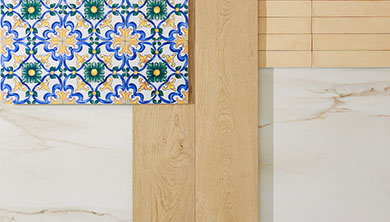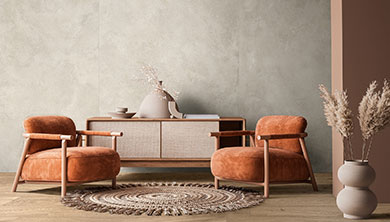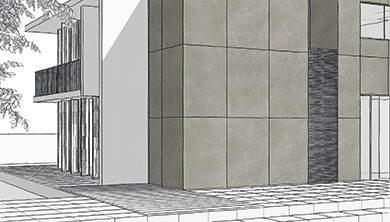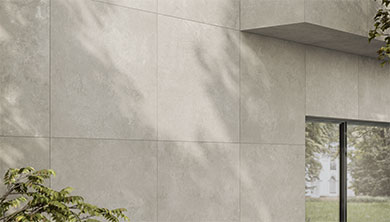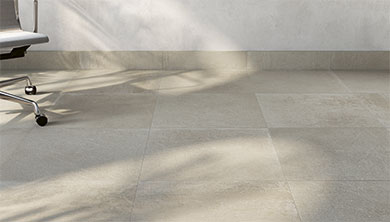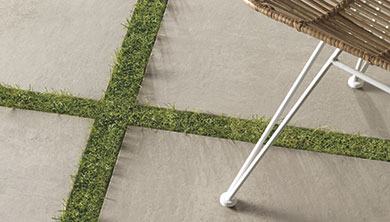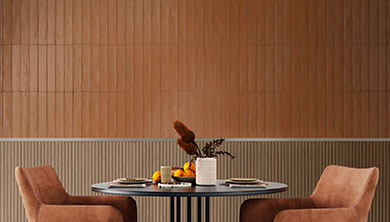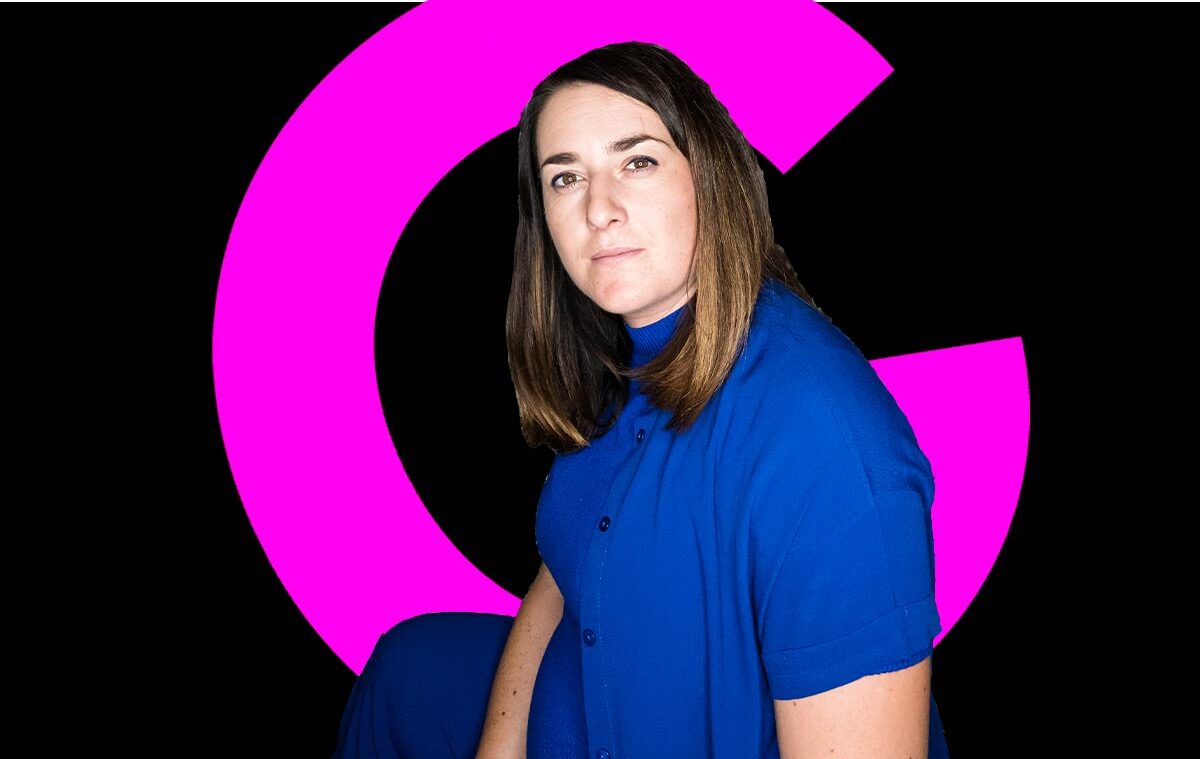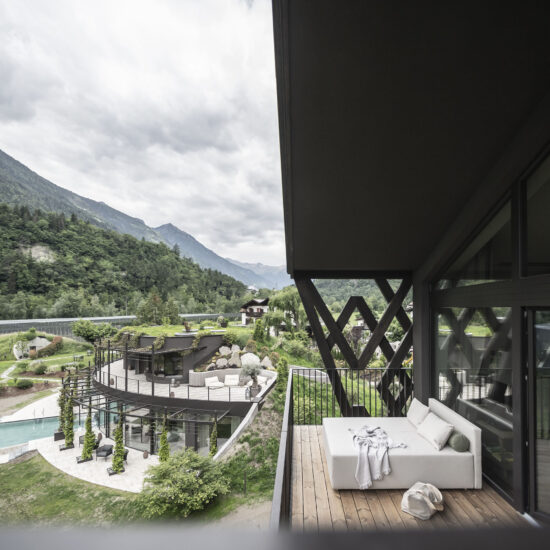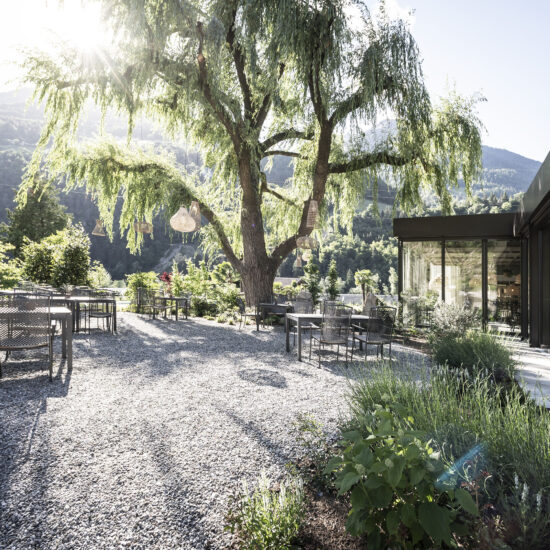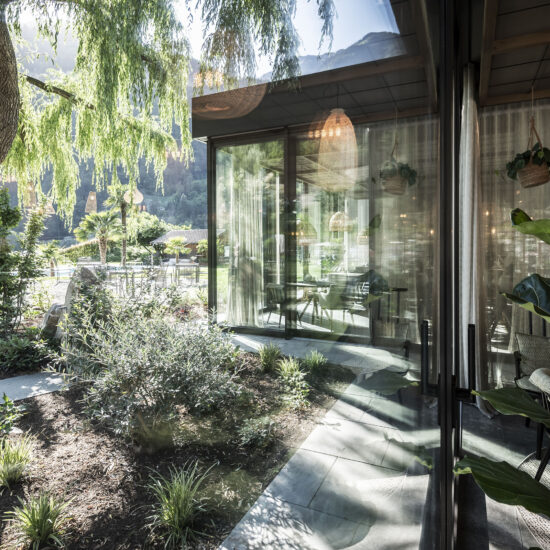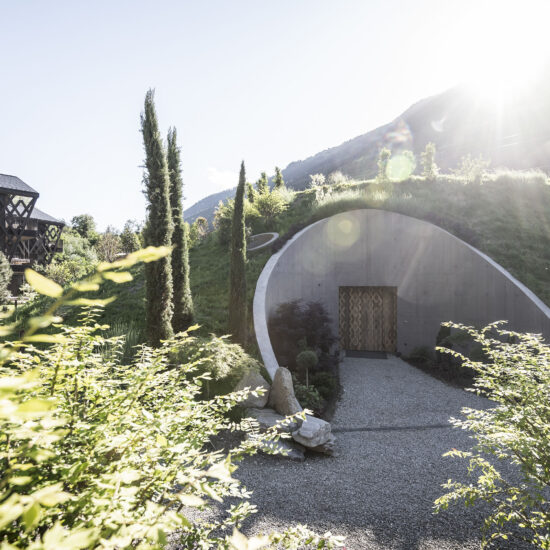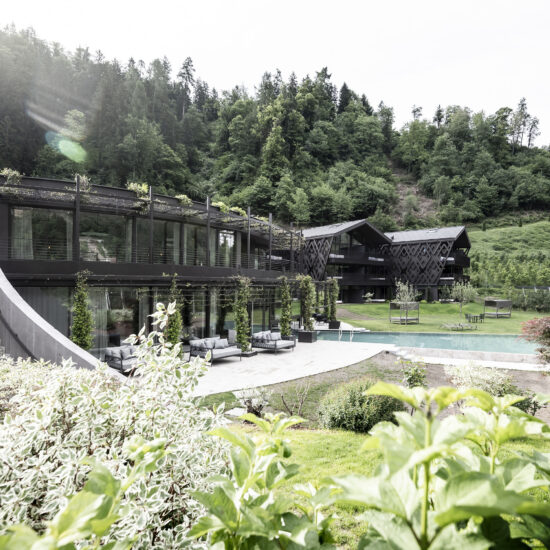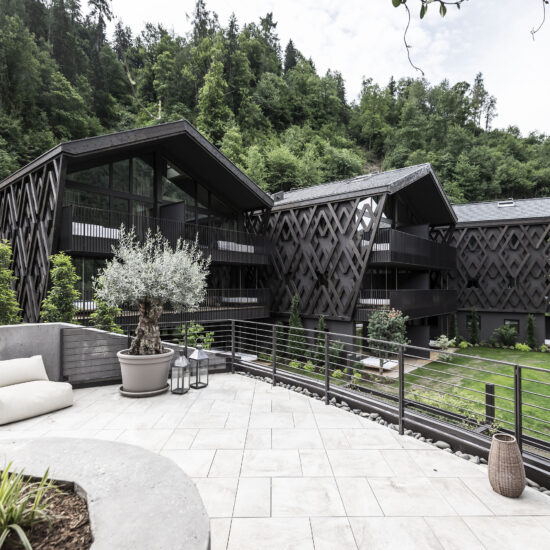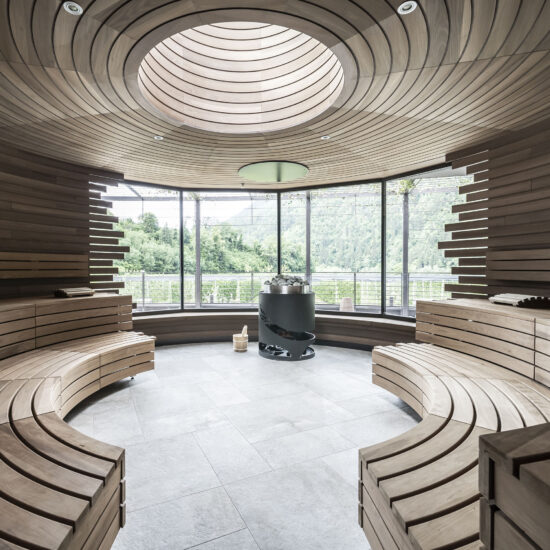How do you approach the issue of sustainability? And what form does it take in your projects?
Sustainability is an issue that embraces many factors. To mention just a few, these include use of materials with low environmental impact, reduction of land consumption, encouragement of sustainable mobility, employment of local workers, design of flexible spaces, reduction of light pollution, reuse of building volumes, integration of the circular economy and reduction of exposure to sunlight. For example, the Zallinger alpine village, built in 2017 on the Alpe di Siusi plateau (Bolzano, Italy) 2,000 metres above sea level, embraces features such as pedestrianisation, smaller room sizes while retaining a luxury price point, and an all-wood construction system. Or the Floris project, built in Siusi in 2020, stands in historic wooded grounds with high landscape value, and to conserve the site we mounted the new suites on stilts to resemble tree-houses. Last but not least, the Apfelhotel Torgglerhof project, completed in 2023, is a contemporary reworking of traditional South Tyrolean architecture, from the layout of the complex that simulates a farmhouse and its outbuildings, each of them integrated in the landscape, to the St Andrew’s cross pattern of the local hay barns which recurs on the facades of the garden suites.
What about materials? What are the general criteria that guide your choices in your various projects?
The main criterion is coherence with the project concept. There are no materials we always insist on using; rather, we have a large library of possibilities (our offices include a material room of 60 m2). Another criterion is how the material is used. There are some “no-go” ideas, such as carpet in a restaurant, which doesn’t work because of cleaning, or other combinations that are always effective, like tiles or stone in spas. Similarly, there are several sustainability criteria when choosing materials. For example, tiles are virtually indestructible and are also manufactured in Italy by a local supply chain. Wood, on the other hand, has a low-carbon supply chain with low water use and is also able to regenerate. We use water-based paints and minimise the amounts of PVC plastic.
How would you define your ideal supplier?
Our headquarters in Bolzano are in a region with many craftsmen and very high-quality businesses. Respect for the environment is something you learn from infancy, and we find many local organisations share it. Since we have a large number of projects in the hospitality industry, where schedules are tight, we need flexible suppliers prepared to go the extra mile, often on short notice, with a well-stocked warehouse and preferably an international presence. Last but not least, businesses must be up-to-date and have the equipment and technologies needed to produce specific finishes. For example, in the Apfelhotel Torgglerhof we had wooden furniture with curves that required special woodworking equipment. Sometimes, creativity is all you need: in the Lake House Völs project we created unique plastering with just a paint roller and pieces of lace to apply the pattern.

